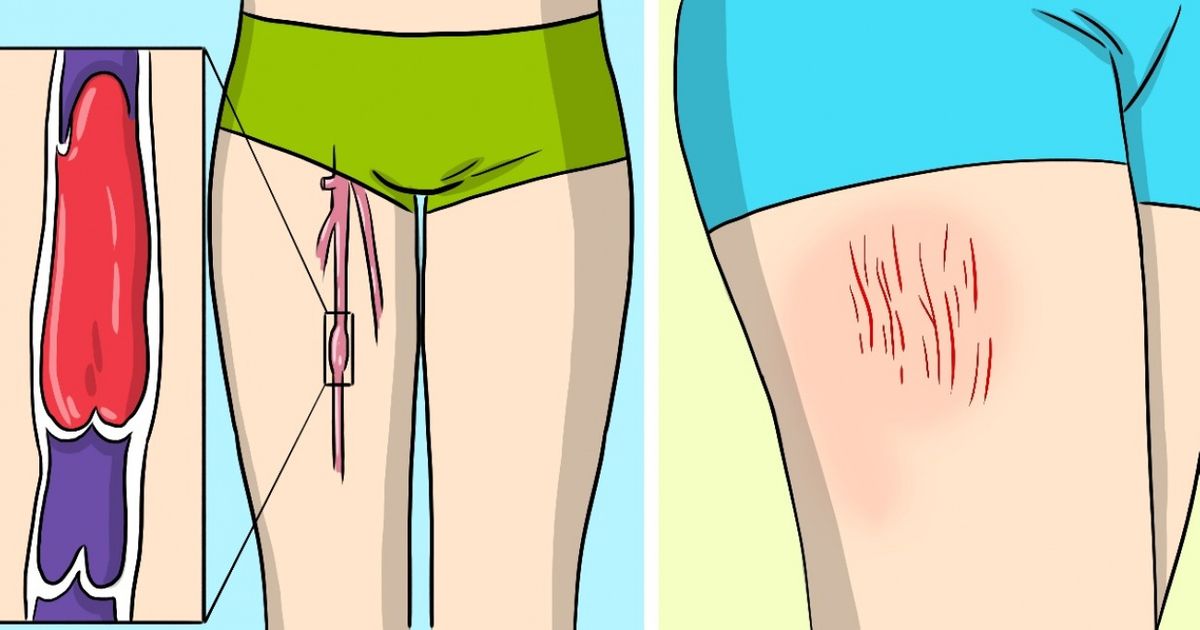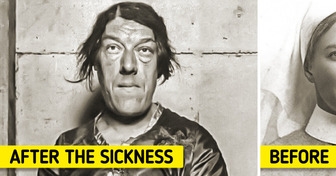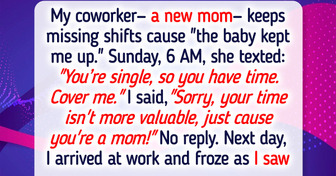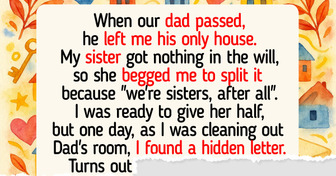What 8 Weird Types of Child Behavior Really Mean


Blood clots are clumps of blood that have changed from a liquid state to a gel-like one. They usually don’t do any harm to your health as they protect your body from bleeding when you cut yourself. However, when blood clots appear in your deep veins, they can be extremely dangerous.
The dangerous kind of clot is called deep vein thrombosis (DVT), and it can cause “traffic jams” in your blood circulation. There can also be very serious consequences if a blood clot breaks away from the place of its appearance and reaches your lungs or heart.
We at Bright Side gathered the most prominent signs you should pay attention to in order to recognize the symptoms of DVT as soon as possible.
If you have a blood clot in your lung, you may feel a flutter in your chest. In this case, tachycardia can be caused by a low level of oxygen in your lungs. Consequently, your heart tries to make up for the shortage and starts to go faster and faster.
If you’ve suddenly realized that it’s become very difficult for you to take deep breaths, it may be a symptom of a blood clot in your lung, which is called a pulmonary embolism.
If you sometimes have unexpected attacks of dry coughing as well as shortness of breath, an increased heart rate, and chest pain, it could be a PE. You might also cough up mucus and even blood.
If you feel chest pain when you breathe in deeply, it could be one of the symptoms of a pulmonary embolism.
The pain in your chest is usually sharp and stabbing, and you can easily think that you are having a heart attack. The main difference between them is that a PE always gets worse with breathing. In any case, you should call 911 immediately as the consequences may turn fatal.
Red or dark spots on your skin that appear without a reason could be a symptom of a blood clot in your leg. You may also feel tenderness and warmth in this area and even pain while stretching your toes upward.
Although it’s usually necessary to have several symptoms to diagnose DVT, the only sign of this serious disease you might have is pain. Pain from a blood clot can be easily mistaken for a muscle cramp, but this kind of pain more often occurs when you are walking or flexing your feet upward.
If you’ve suddenly noticed that one of your ankles has become bloated, it could be an alerting symptom of DVT. This condition is considered an emergency case as a clot may break free at any minute and reach one of your organs.
Have you noticed red streaks suddenly appearing along the length of your veins? Do you feel warmth when you touch them? This might not be a normal bruise, and you need immediate medical attention.
Vomiting could be a sign of having a blood clot in your abdomen. This condition is called mesenteric ischemia, and it is usually coupled with severe pain in the abdominal area. If your intestines don’t get enough blood supply, you may also experience nausea and even have blood in your stool.
Painless loss of vision in one of your eyes is usually a sign of central retinal artery occlusion. It is considered a serious medical emergency, especially if you have such additional symptoms as vertigo and problems with keeping your balance.
If you notice one of these signs, visit a doctor as soon as possible. Remember that a blood clot can be lethal if you don’t treat it properly and immediately.











